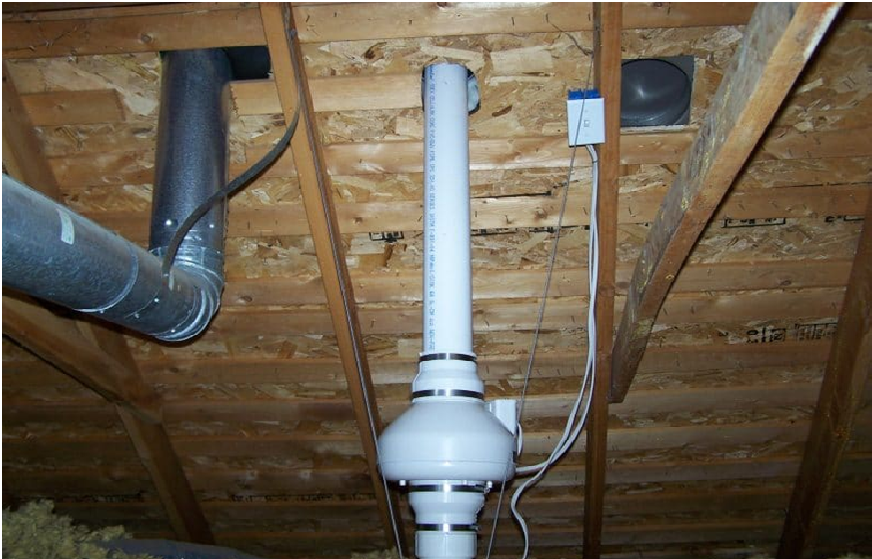Many Bay Area homeowners have heard of radon, but aren’t exactly sure what it is and how serious of a health problem it may pose. Radon is a natural radioactive gas which can be found in the ground when radium and uranium decays. On average, there may be up to 50 pounds of uranium in the ground in an acre of land and it decays into radium, which in turn naturally decays into radon. Radon by itself doesn’t pose any health hazards since it’s an inert gas. However, the gas can decay into lead and polonium articles which are both radioactive and chemically active. The radioactive particles can then be breathed into your body and lodge in your trachea, bronchi, and lungs. Human cells can be disrupted and mutated by the radiation and this can eventually cause lung cancer. In fact, it’s estimated that radon is the second-leading cause of lung cancer in America.
When building a home or buying a home, it’s important to understand the dangers of Radon and to speak to a knowledgeable person about it. A good home renovation contractor or even a real estate agent can provide information as well as recommend a company to come test your home for Radon.
Radon is odourless and invisible and can find its way into a home by creeping through small spaces in the rock and soil which the house sits on. It can also seep into a building through floor drains, dirt floors and sump pits as well as any cracks in the basement floor, foundation, and foundation walls. A level of 70,000 atoms in each liter of air can be a cause for concern as it represents approximately two million atoms of radon in a cubic foot of air. Even though this is a low concentration of atoms in the air radon is dangerous because it’s radioactive. Humans breathe approximately 20 litres of air into their lungs per minute which results in about 10,000 atoms of radioactive radon each minute. This exposure to the gas can then lead to lung cancer.
Testing for Radon
The best way to find out if there’s radon present in your home is to have a professional contractor conduct a test. Short-term tests take between two and seven days with a charcoal accumulator system while long-term tests can take between three and 12 months and are carried out with an electrets or by alpha track. First time testing is usually the short-term option. It’s important that you have a qualified technician conduct the test so the proper mitigation system can be installed if the radon level is too high.
If there’s too much radon in your home there are several ways to alleviate the problem. One of the most common is known as a sub-slab depressurization system which includes the installation of fans and pipes. This system is designed to prevent the radon gas from seeping into the building below the foundation and concrete floor. Other methods can be used to rid the home of radon and these will typically depend on the design of the building. Also, radon can creep into homes of any age and also those which don’t have a basement.
Dangerous levels of radon in a home mean it’s time to take action. Having a home tested is easy and relatively inexpensive. While you may be able to find do-it-yourself test kits you may feel more confident by hiring a professional contractor to carry out the test with specialized equipment. A qualified technician will advise you on the most effective way of ridding your home from its specific level of radon. You may also want to have a professional contractor test for radon before buying a home to make sure level is acceptable. In addition, some new homes are being built with radon-resistant features.




